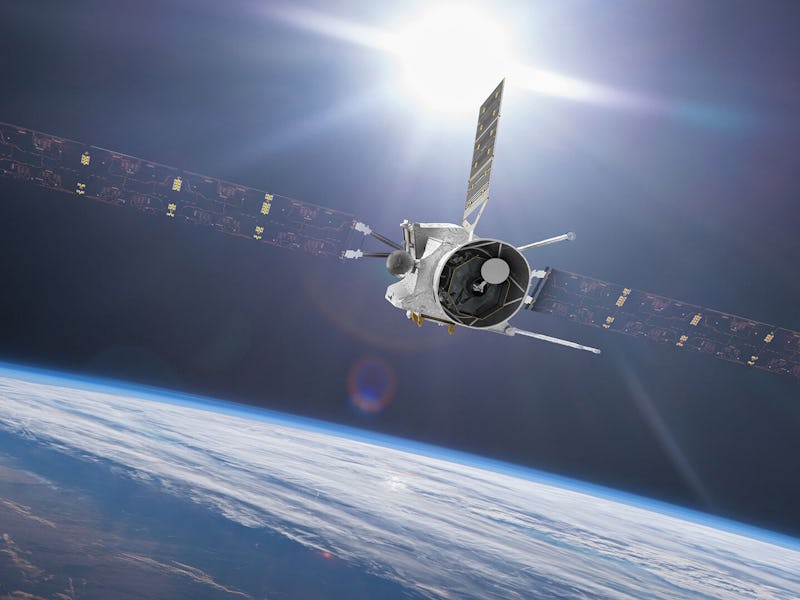BepiColombo's first Venus flyby could help scientists look for signs of life
The spacecraft is on its way to its main target, Mercury.

Since it launched on October 20, 2018, the BepiColombo spacecraft has been making its way to Mercury to explore the smallest planet in our Solar System.
BepiColombo, a European-Japanese joint mission, is scheduled to reach Mercury by the year 2025. But before it does, it's got a few quick stops to make along the way. On Thursday, the spacecraft flew by Venus and caught a glimpse of the scorching hot planet.
But the purpose of this brief visit wasn't just to wave hello at our neighboring planet, the BepiColombo spacecraft used the gravitational pull of Venus to pump its brakes on its trajectory to Mercury.
BepiColombo came as close as 10,720 kilometers to Venus, using the planet as a gravity assist to help propel it in the right direction. Earlier this year, BepiColombo flew by Earth at an altitude of 12,700 kilometers, waving its first hello and last goodbye to our planet.
Aside from using Venus and Earth to slow down, BepiColombo also tested out some of its instruments during its approach to the planetary bodies. The team behind BepiColombo took some scientific measurements of Venus during the spacecraft's closest approach, looking deep into the dense gas envelope that surrounds the planet.
However, the two planets are vastly different. With Venus having a thick, carbon-rich atmosphere and Mercury having no atmosphere at all, the science instruments onboard BepiColombo will not be used in the same way on the two different worlds.
But Venus still makes for an interesting subject. Earlier in September, scientists found traces of a biosignature gas typically associated with life on Earth. Whether or not it is an indication that there is some form of life on Venus is still unclear, but follow-up observations of the planet are needed.
The spacecraft also captured a sequence of 64 images of Venus by one of the cameras onboard, each one taken three minutes apart.
A series of 64 images of BepiColombo's Venus flyby were put together to create this sequence view of the planet.
Venus can be seen in the bottom left corner, moving upwards as the spacecraft turns to face the planet, before it starts to get bigger and brighter in view as BepiColombo inches closer to it.
This is the first of two flybys of Venus, with the second one scheduled for August, 2021. Afterwards, BepiColombo will conduct six close flybys of its target Mercury before it settles into an orbit around the planet in the year 2025.
Once it is in place, the spacecraft will release two, smaller craft, the Mercury Planetary Orbiter and the Mercury Magnetospheric Orbiter. Together, these craft will begin a series of scientific operations in early 2026.
BepiColombo is designed to transform our knowledge of Mercury by studying the planet's surface in order to identify its composition and geological history, as well as measure its magnetic conditions.
Although Mercury is the smallest and least explored planet in our Solar System, scientists are eager to learn more about its strangely large core, and unusual magnetic field (Mars and Venus don't have one).
BepiColombo is set for a year mission to Mercury, with the possibility of extending it for another year.
Although it has spent just under two years in space, BepiColombo has already traveled more than 1 billion km in space, orbiting around the Sun. That is around 9 times the distance between the Earth and the Sun.